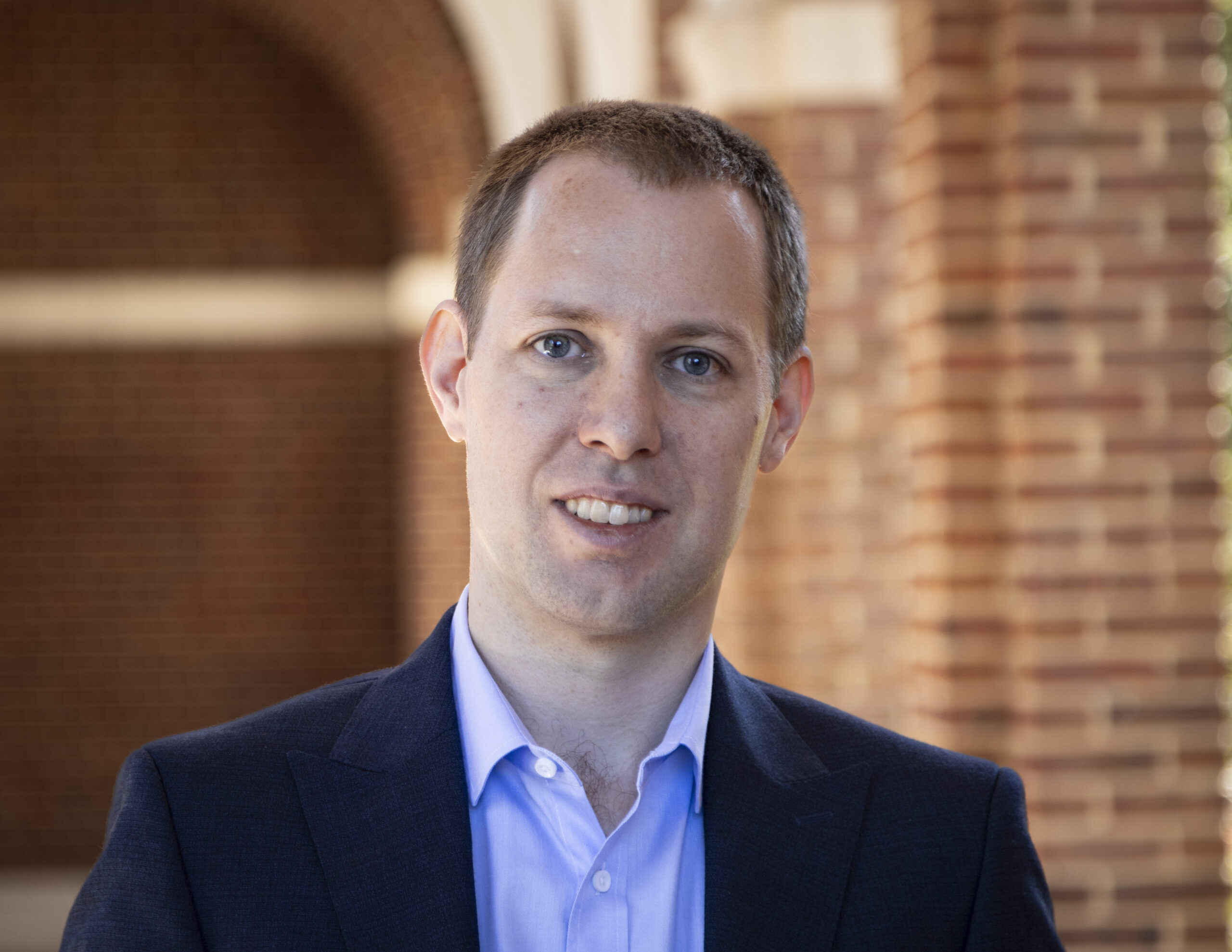
Mihaela Pavličev
Mihaela Pavličev received a PhD in Ecology in 2003 from the University of Vienna. After PhD she worked in molecular phylogenetics at the Natural History Museum in Vienna, primarily on phylogenetic relationships in lizards and birds. During subsequent postdoctoral work in quantitative genetics, she worked on the structure and evolution of the genotype-to-phenotype map, first at Washington University in St. Louis, and later at the University of Oslo. After research and teaching year at the Konrad Lorenz Institute for Evolution and Cognition in Altenberg near Vienna and the Department of Theoretical Biology, University of Vienna, she joined faculty at Cincinnati Children’s in 2013. She transferred to the University of Vienna in 2019 as a full professor of Theoretical Evolutionary Biology. Dr. Pavličev`s work is situated at the interface between organism and population: she focuses on understanding how the patterns of phenotypic variation and its underlying population genetic patterns arise in development and physiology, and what consequences they have. These approaches are applicable for understanding heritable variation of any kind, from biodiversity to human disease.
Research projects: Dr. Pavličev’s projects at the moment reside in the broad field of evolution of mammalian reproduction. This includes questions about what was necessary for evolution of maternal-fetal interface, decidualization, or implantation. We use a wide variety of methods, from single-cell transcriptomics, transgenics to histology and animal work.











